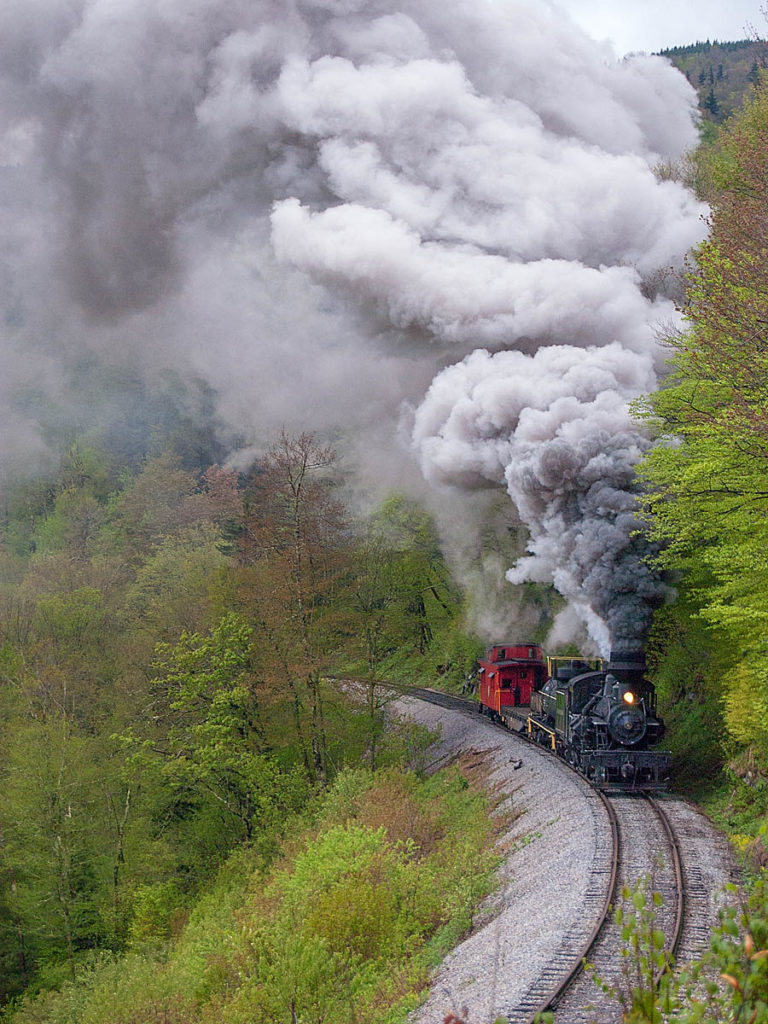
Cass Scenic Railroad’s Heisler No. 6 climbs a grade puffing smoke and steam into a gray cloud. Steve Sweeney Q Why is it that one locomotive, on the same day, may have black exhaust, white/light gray, or at times almost invisible exhaust coming from the smoke stack? – Russ Gray, Kernersville, N.C. A The color […]
Read More…
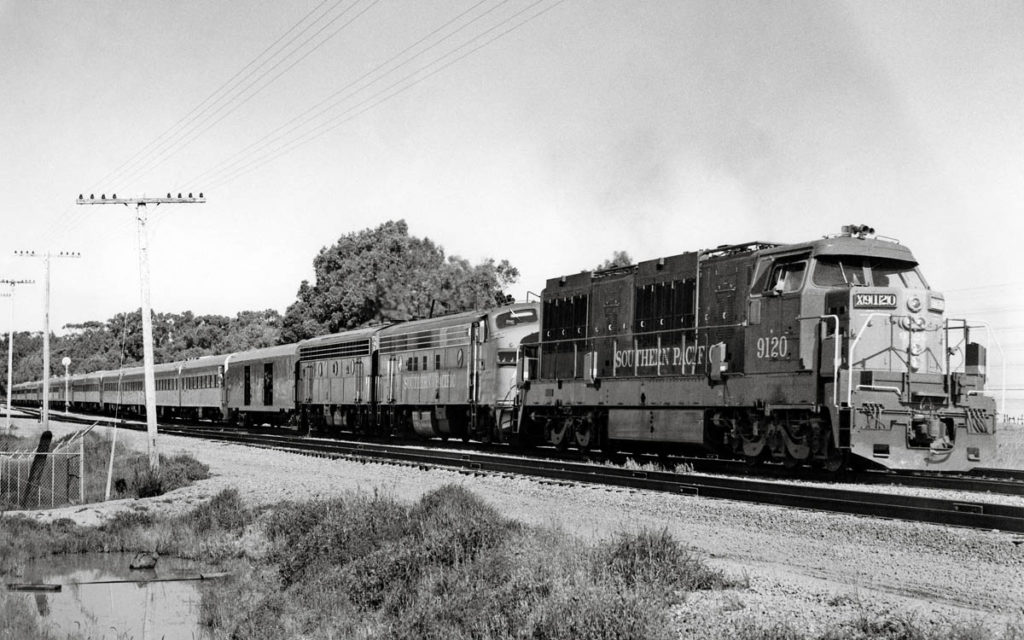
Krauss-Maffei diesel-hydraulic No. 9120 pulls an excursion for the Pacific Locomotive Association out of Oakland, Calif., in April 1967. The same organization would later work to restore sister unit No. 9010 to operation. Robert L. Hogan Q What can you tell me about the Krauss-Maffei diesel-hydraulic locomotives that operated in the U.S. in the 1960s? […]
Read More…
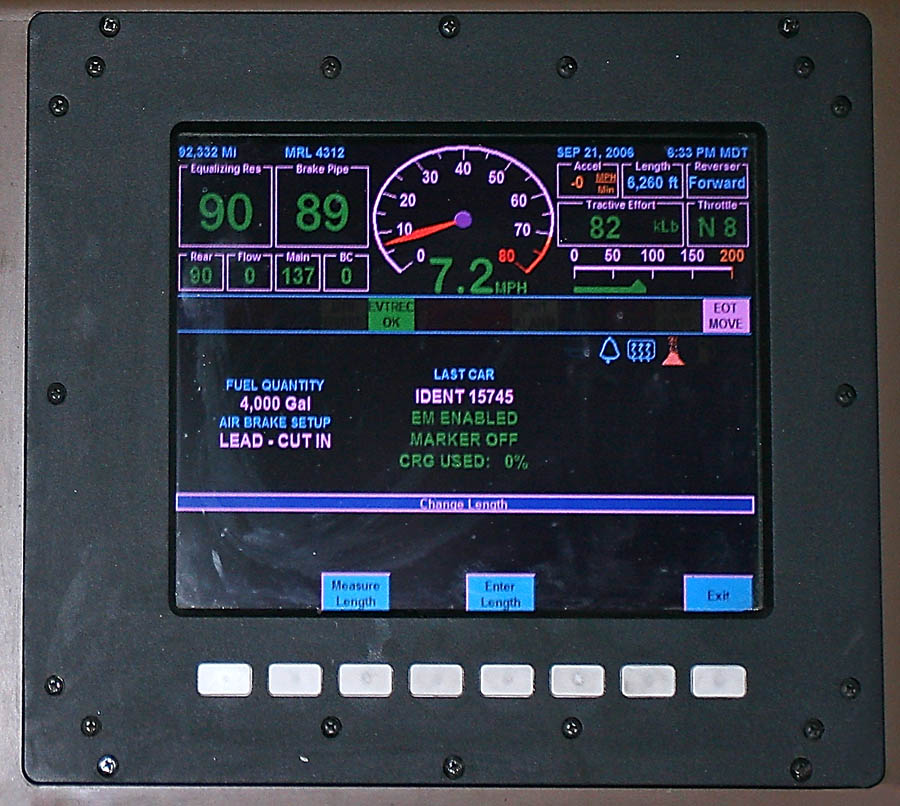
Controls for measuring the length of a train (circled) are integrated into the touch screen Video Information Display on an EMD SD70ACe. Tom Danneman Q If an engineer has a train with 100 or more cars and he gets a signal to take the siding, how does he know when he and all the cars […]
Read More…
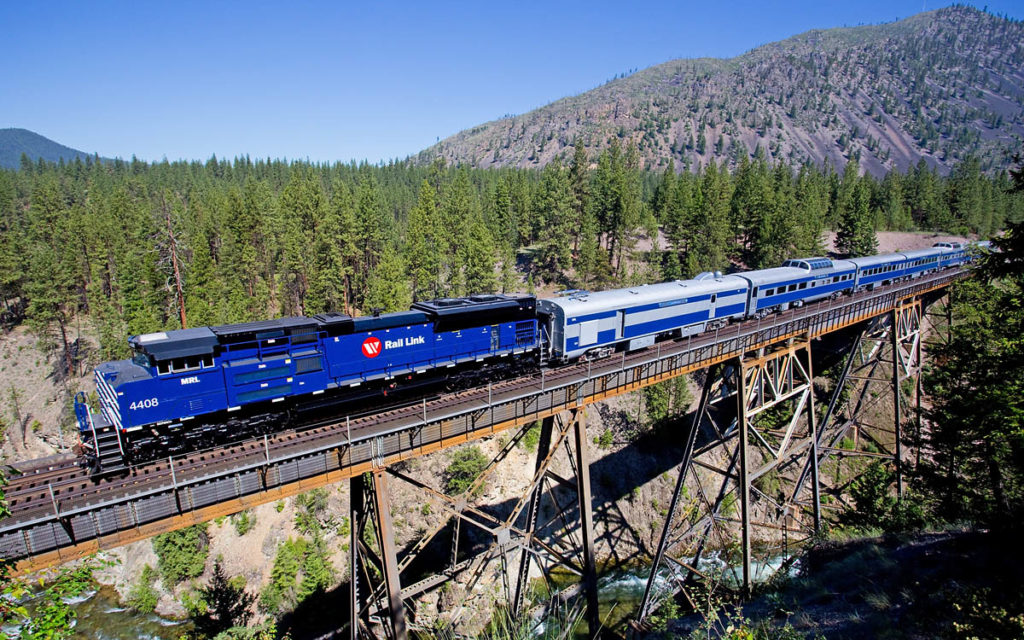
On June 8, 2015, Montana Rail Link’s business train soars high over the white waters of Fish Creek, near Rivulet, Mont. During this trip, the railroad’s owner, Dennis Washington, hosted business partners aboard the train. Steven Welch Q What is the purpose of railroad business and inspection trains, and who would use them? – Dennis […]
Read More…
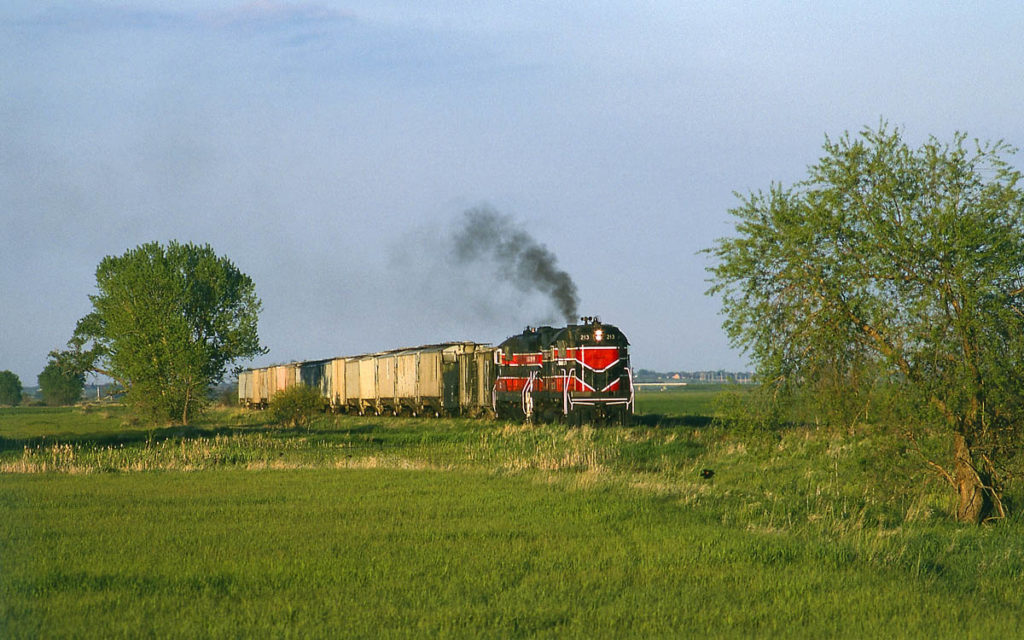
In May 1995, a westbound Dakota Southern freight with a (former Long Island) Alco C420 and an SD7 rolls slowly into the setting sun, west of Chamberlain, S.D. Tom Danneman Q The line in Chamberlain, S.D., was abandoned, I thought, but coal cars with BNSF markings are sitting in various parts of the line. Is […]
Read More…
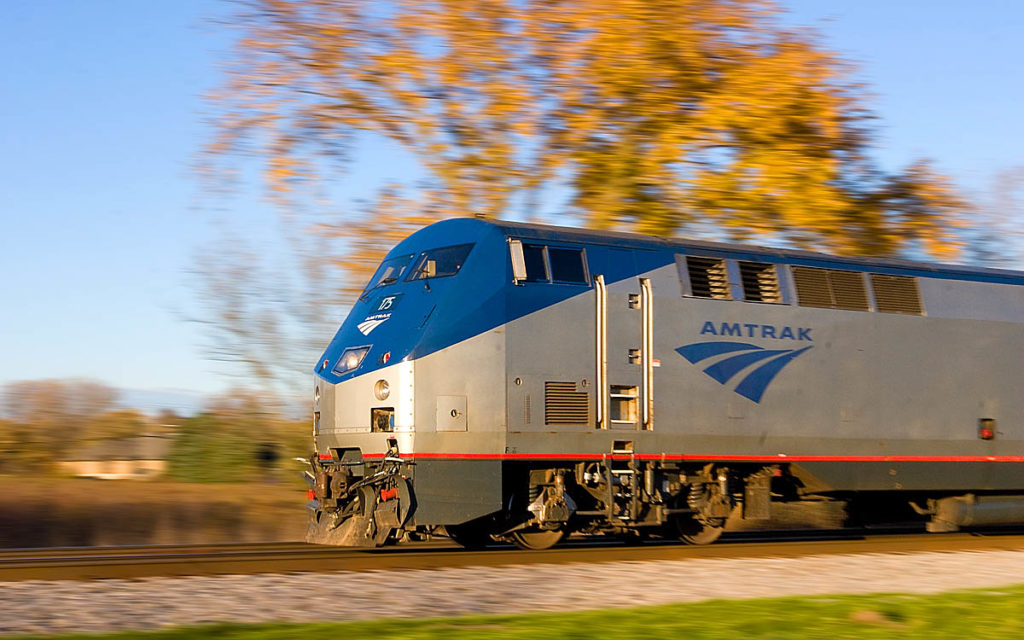
Amtrak’s ‘Empire Builder’ streaks through Brookfield, Wis. The speed limit for Amtrak on Canadian Pacific’s Watertown Subdivision is 79 mph. Tom Danneman Q Most Amtrak trains have a 79-mph speed limit. Will positive train control systems allow Amtrak to operate faster where track conditions allow? For instance, the Southwest Chief operates to 90 mph in […]
Read More…
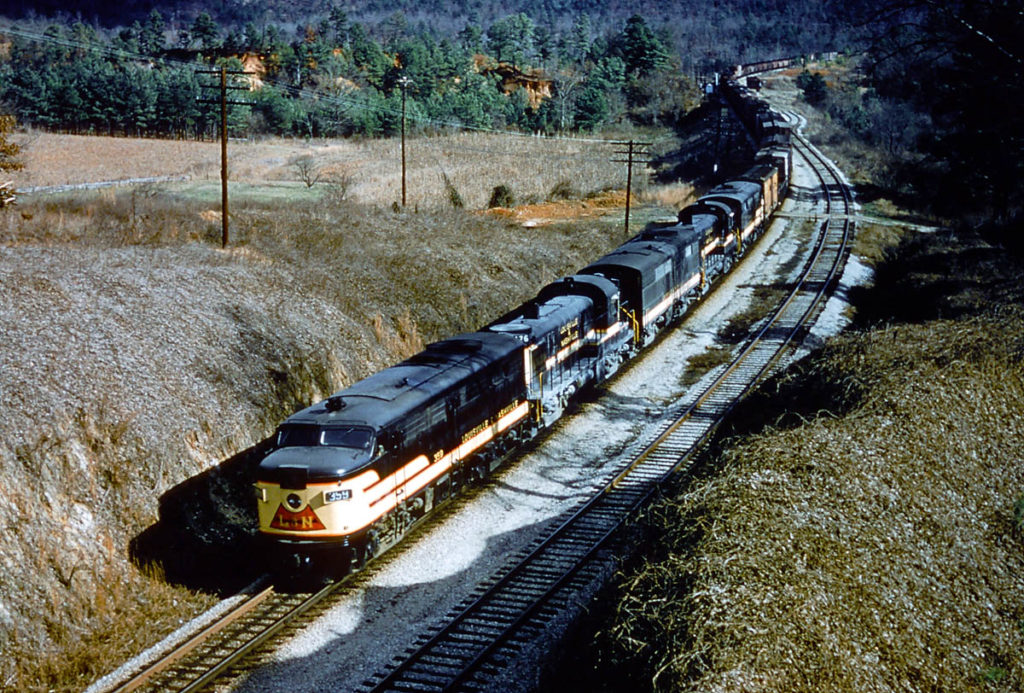
Louisville & Nashville adopted Alcos by the 1950s on lines in eastern Kentucky. The railroad first painted RS3s, FA2s, and FB2s in black, cream, and orange, but later opted for simpler schemes. R.D. Sharpless, Louisville & Nashville Historical Society collection Q My family moved from Texas to southeastern Kentucky in the mid-1950s, and I remember […]
Read More…
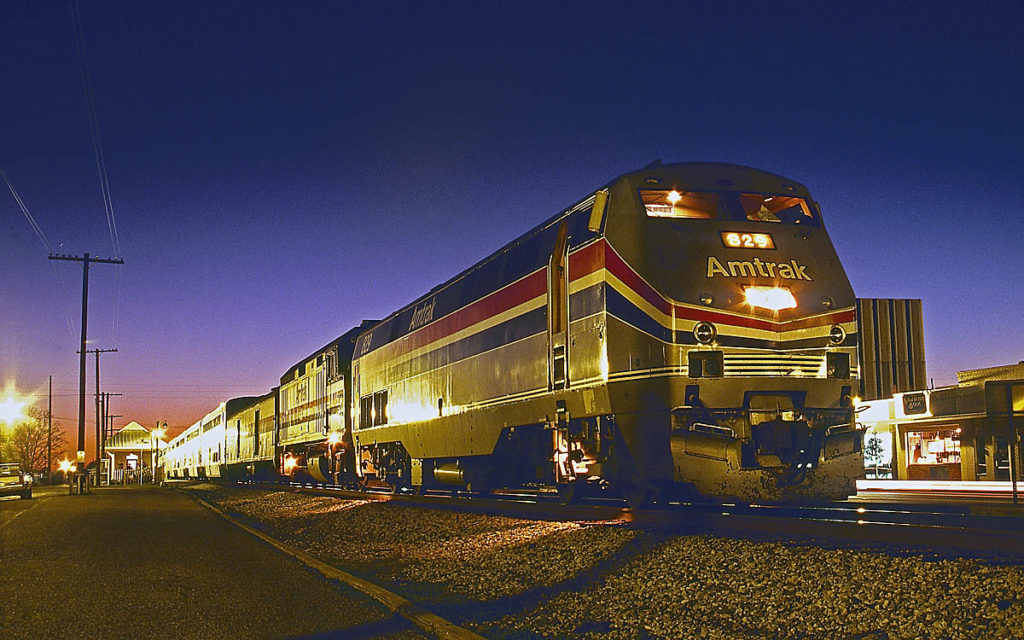
Amtrak’s westbound ‘Sunset Limited’ pauses for a station stop in Atmore, Ala., at sunrise in January 1995. It was the nation’s first and only transcontinental passenger train. Bob Johnston Q There were numerous named passenger trains that spanned distances beyond the reach of a single railroad, such as the California Zephyr between Chicago and Oakland, […]
Read More…
Q Certain states require fueling stations to blend biodiesel into diesel fuel for cars and trucks at different times of the year. Do railroads use biodiesel in their locomotives? – Brett Schmidt, Madison, Wis. A Class I railroads, regionals, short lines, and commuter agencies have tried biodiesel with a variety of blends from a 10-percent […]
Read More…
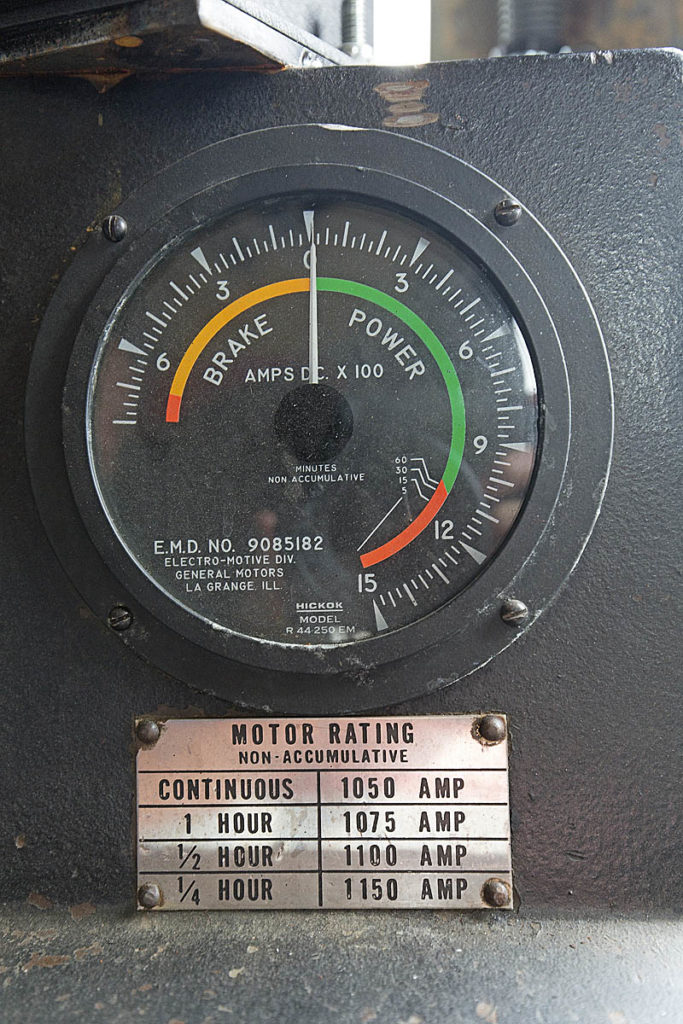
An ammeter in a GP40-2 with the short-time rating plate below. Note the duplicate time chart listed on the gauge as well. Chris Guss Q Why is it that a D.C. traction locomotive can stay below its continuous full-power minimum speed limit for only 30 minutes while an A.C. traction unit can grind away in […]
Read More…
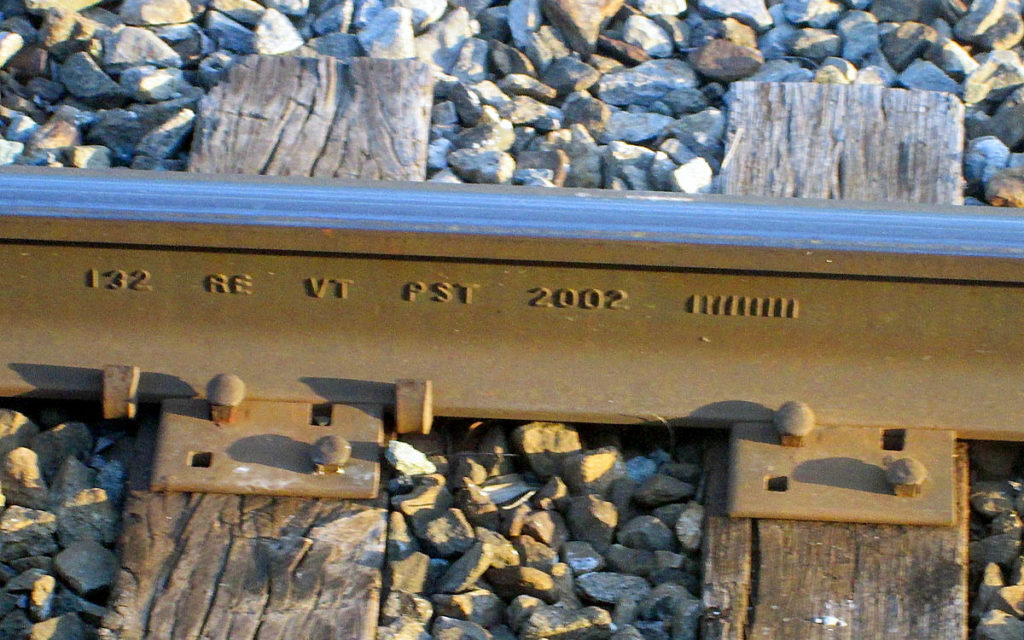
This line of numbers and letters is a rail brand. Deciphered correctly, they show railroads the weight, maker, treatment, design, and manufacture date of a rail. Ed Funkhouser Q I saw these numbers and letters on the side of a rail near Mebane, N.C. Can you tell me what they mean? – Ed Funkhouser, Raleigh, […]
Read More…
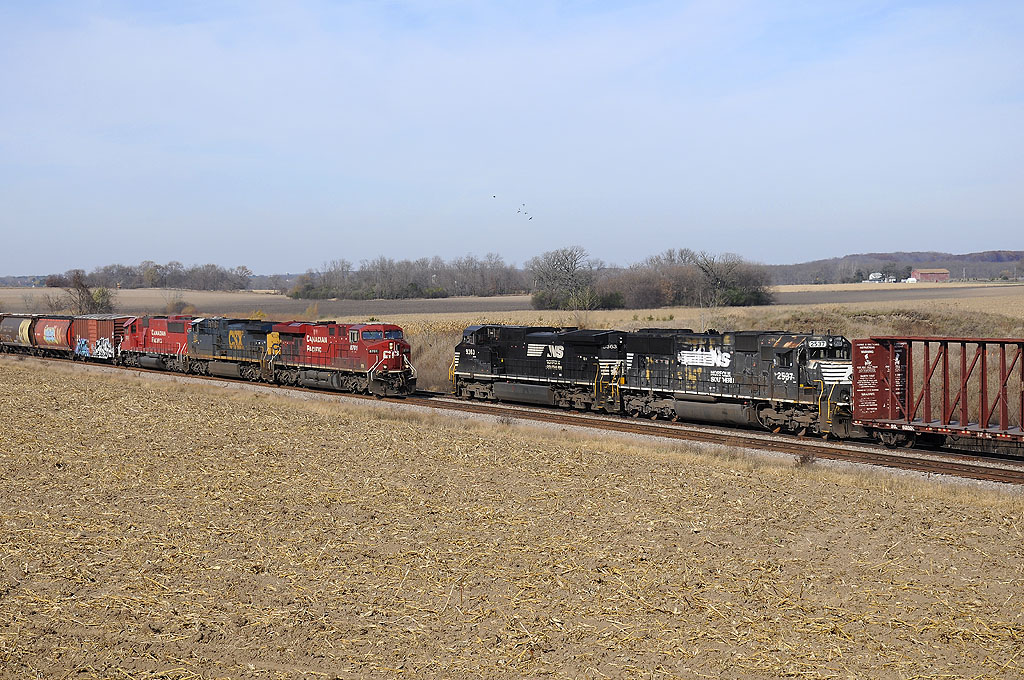
Two Canadian Pacific trains, with motive power from CP, CSX Transportation, and Norfolk Southern, meet near Oconomowoc, Wis., in November 2014. Brian Schmidt Q It is common to see a train from one railroad which is powered, partially or fully, by locomotives from another railroad. Why does this happen so frequently and how is the […]
Read More…











